Apart from enjoying the wonderful honey, I had an idea. Some time ago I read just a few words about honey yeast. The gist of the idea is that in raw, organic honey there are yeasts that remain dormant. If the honey is diluted with water the yeasts can be activated. I found a few more words about honey yeasts in issue 3 of 'Bread Magazine'. So, keeping it simple I worked with honey and water, then when I could smell the yeast activity, I took some of the water and added it to a mix of flour and water (50/50 brown rice flour and water). It was more than 24 hours before I saw the first activity in the preferment, so I left it longer. Eventually I could see some tiny bubbles forming in the preferment. Next I mixed a dough, similar to my baguette dough. Fermentation was still slow, so it was another overnight bulk ferment, before I shaped the dough and left it in a banneton to proof.
Eventually it went into the oven; and that is when the excitement began! Ok, I am a bit obsessive about bread. The dough had only been in the oven a few minutes when I started to see the oven spring expanding the loaf. Usually there is a little movement in the first 10 minutes, then a little more until 17 minutes. This seemed pretty rapid!
I had to wait a few hours for the loaf to cool before I could see what the crumb was really like. I was not disappointed. For a first loaf using a new technique I was very pleased.
Overall, only a few tweaks needed to refine this recipe. The flavour captures the richness of the Lake Pedder Nectar. With this honey yeast loaf I can demonstrate, once again, that gluten free bread does not need to be boring!

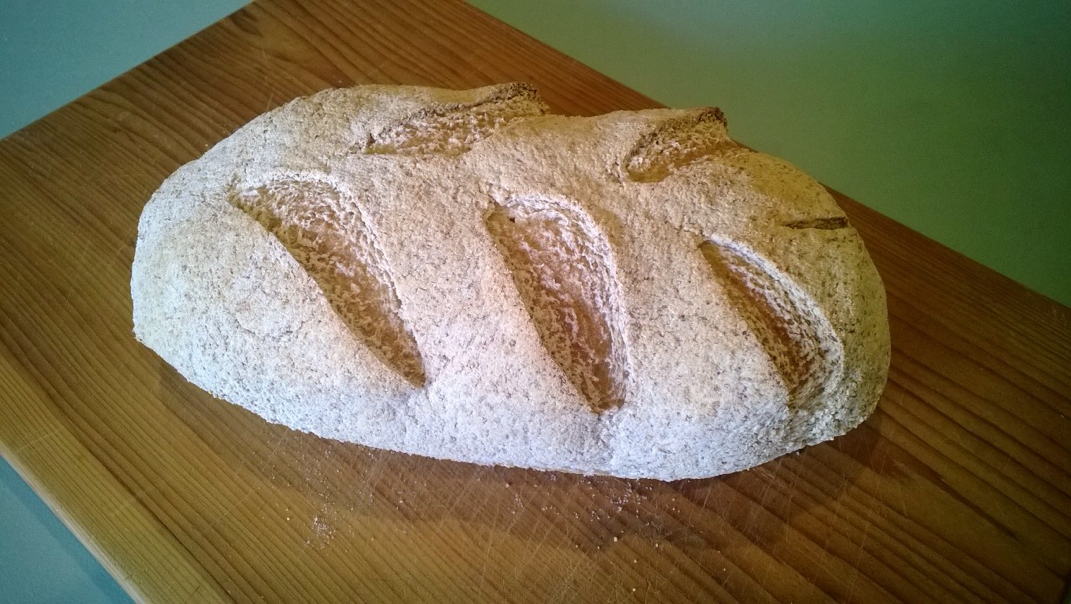
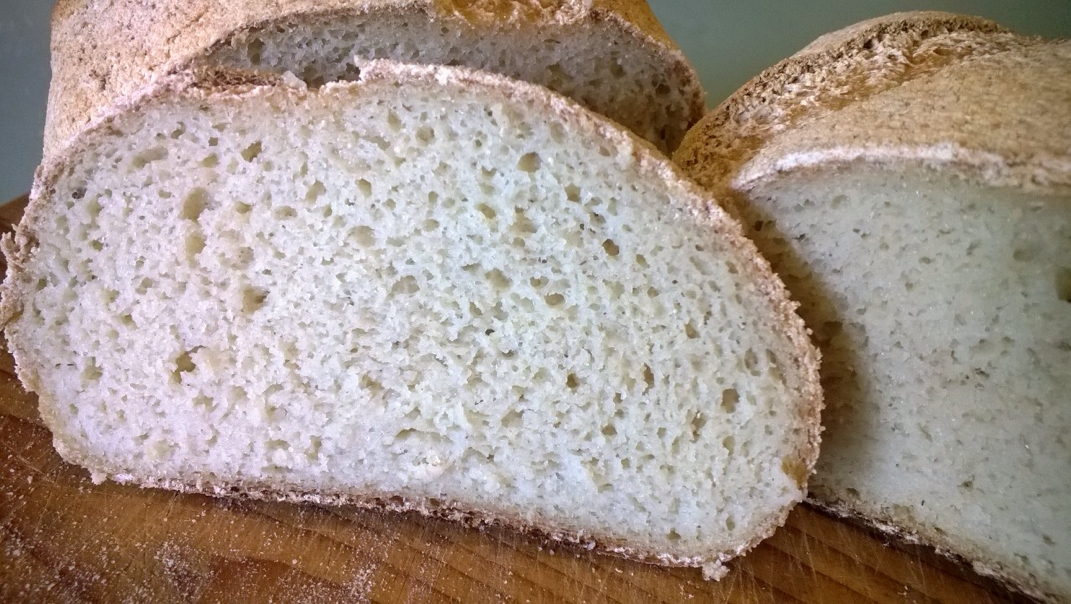
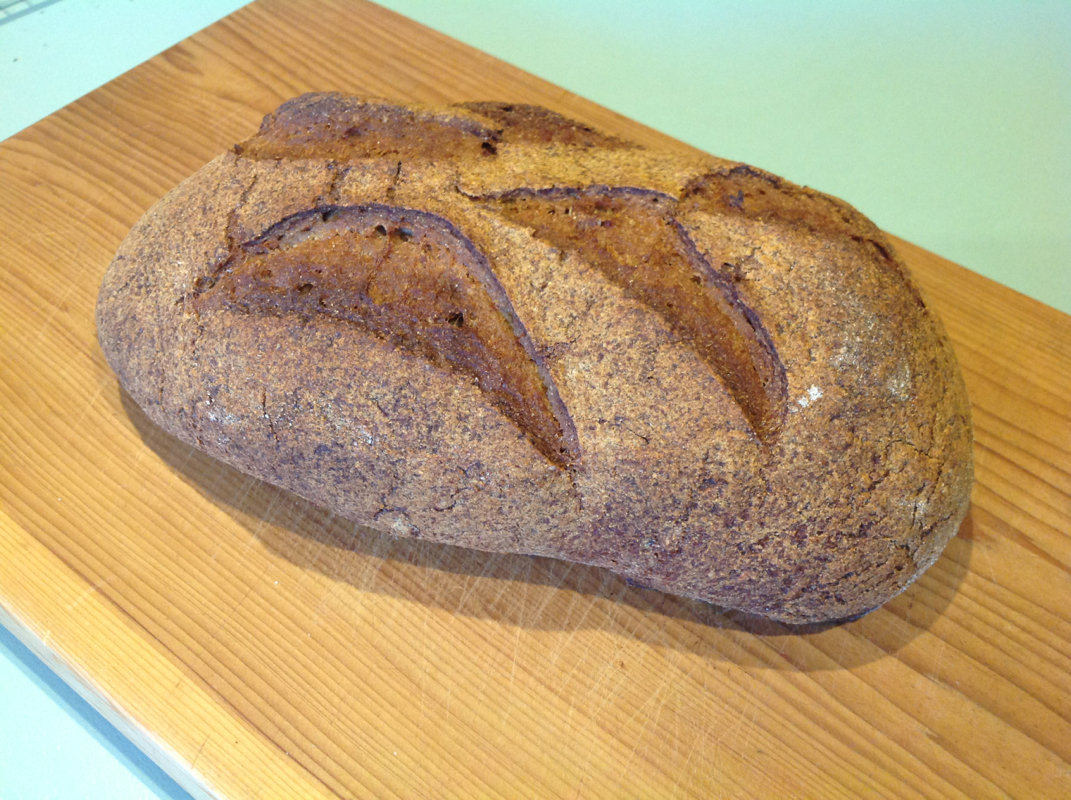
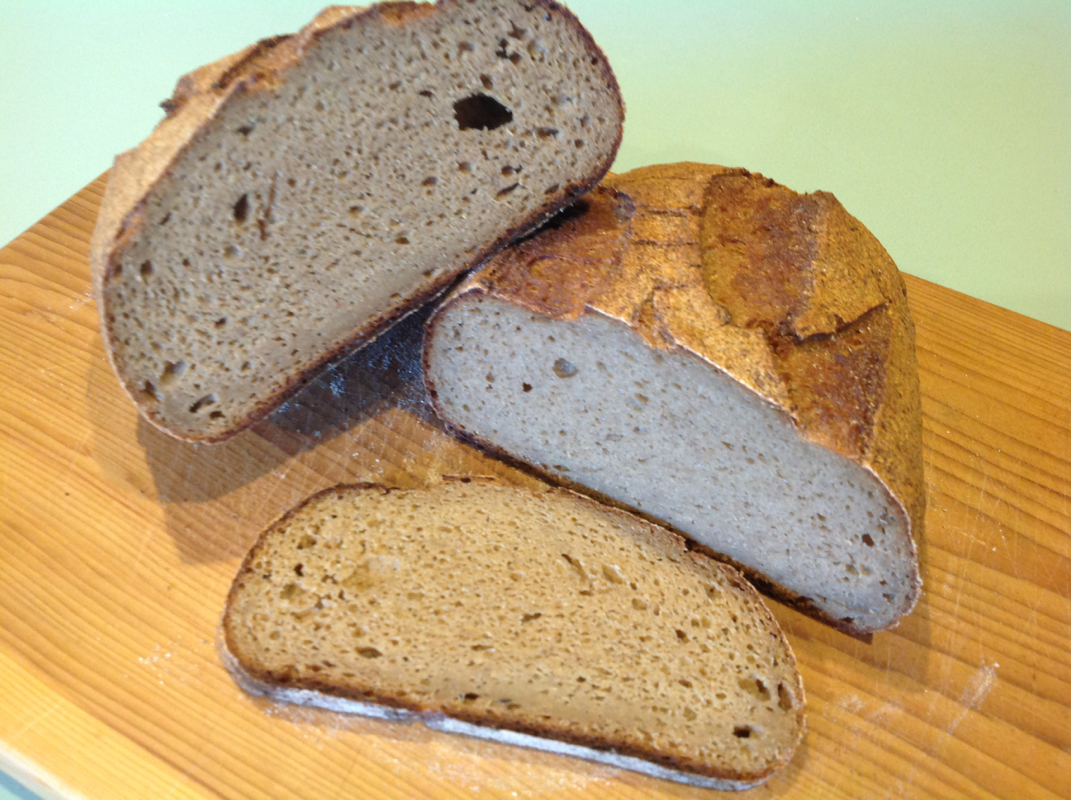
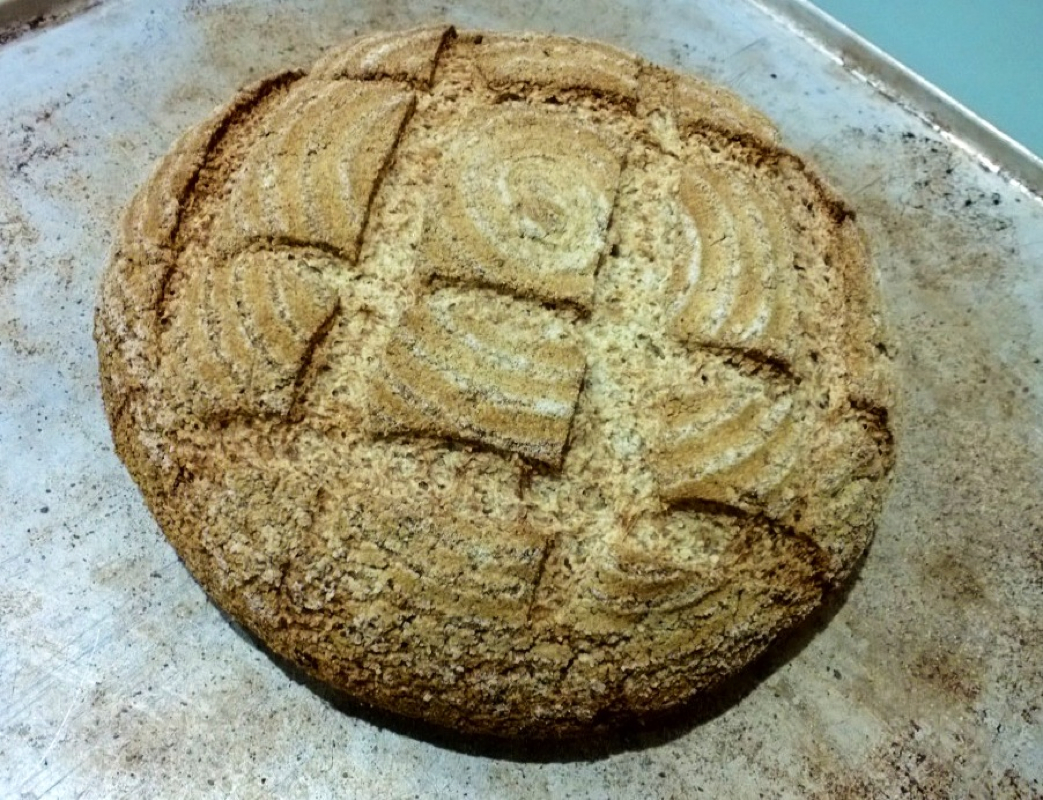
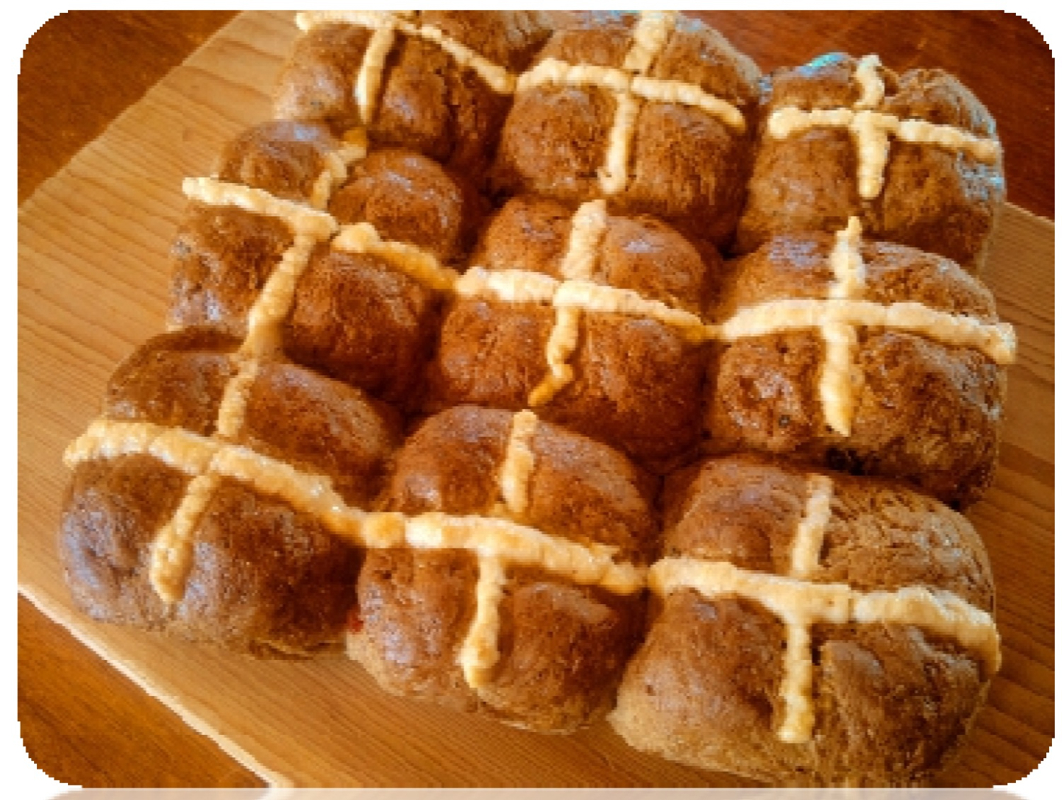
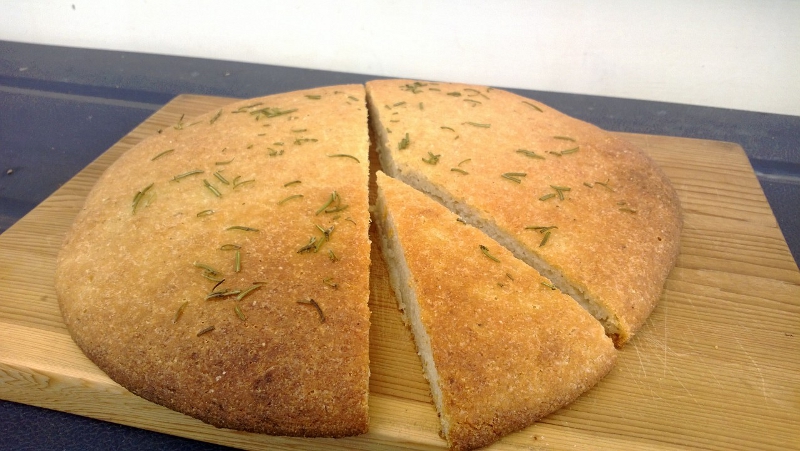
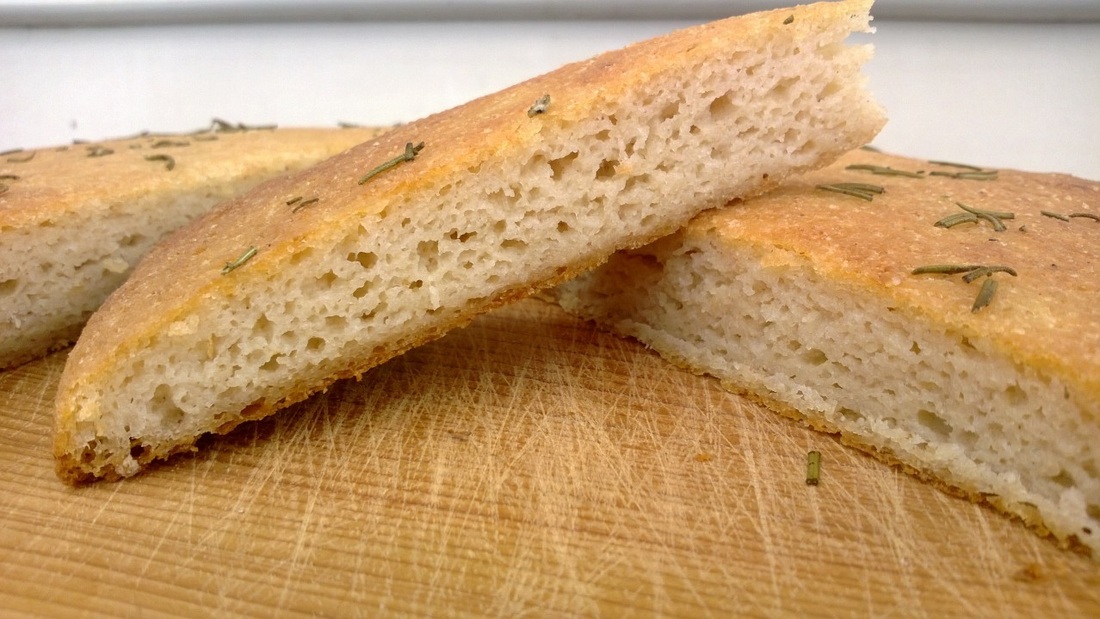
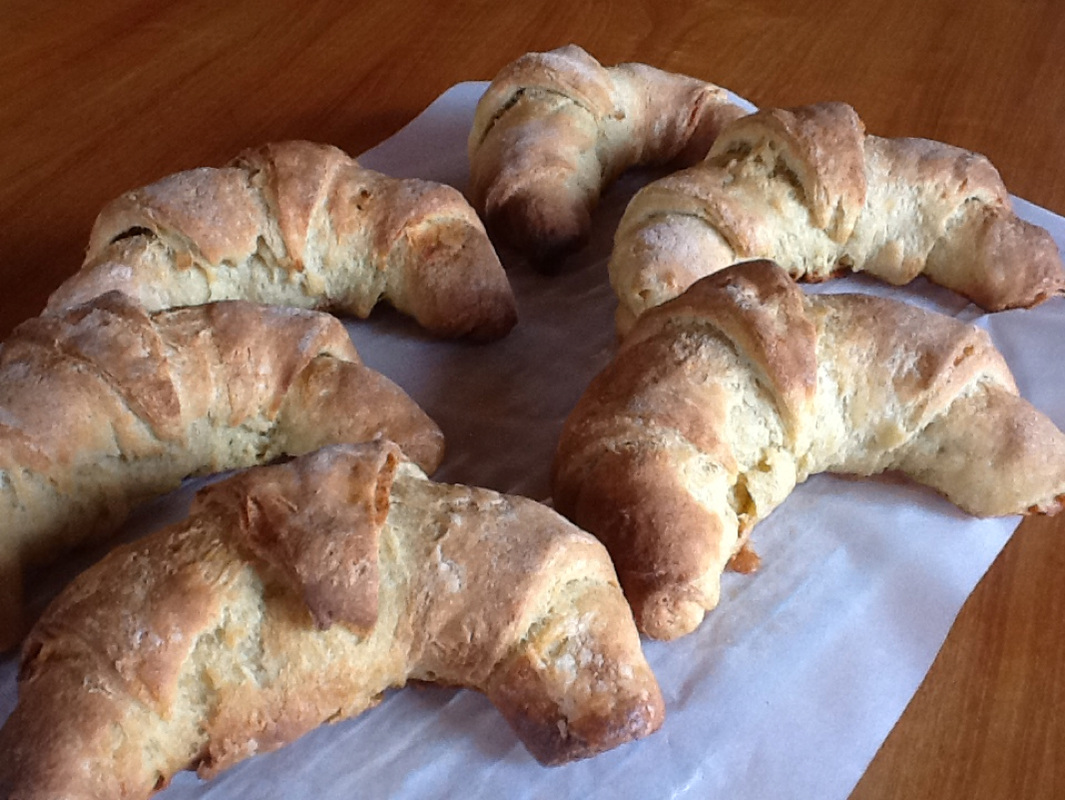
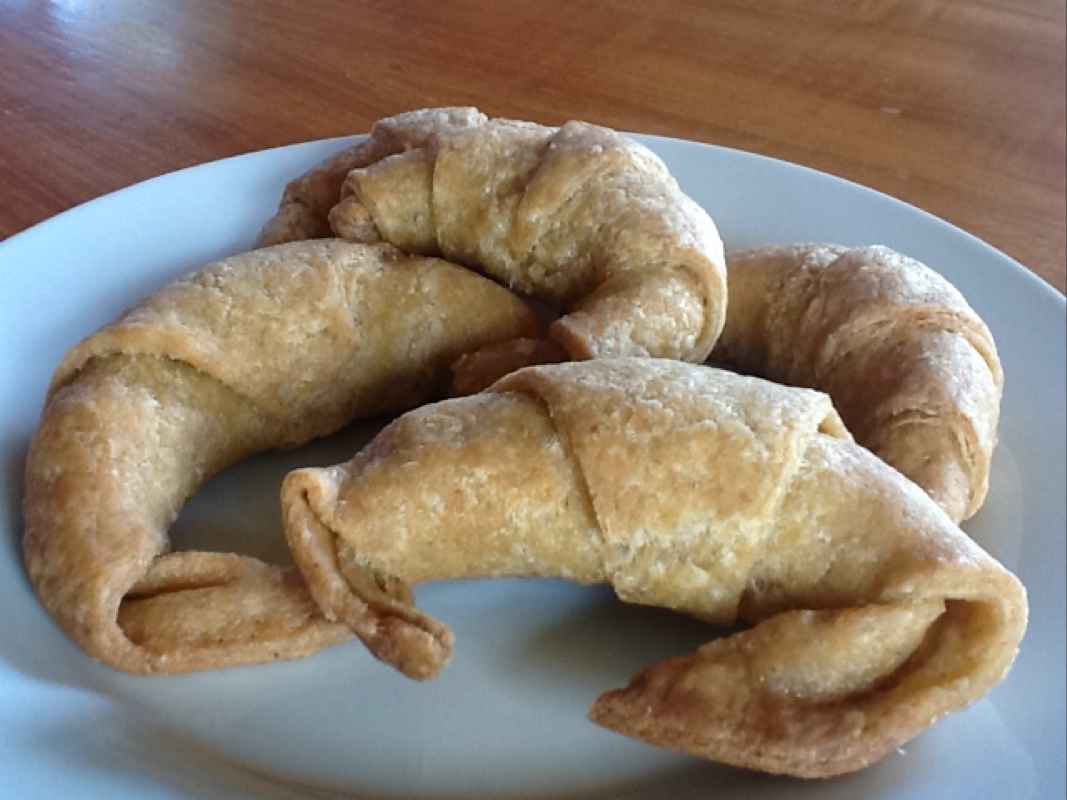
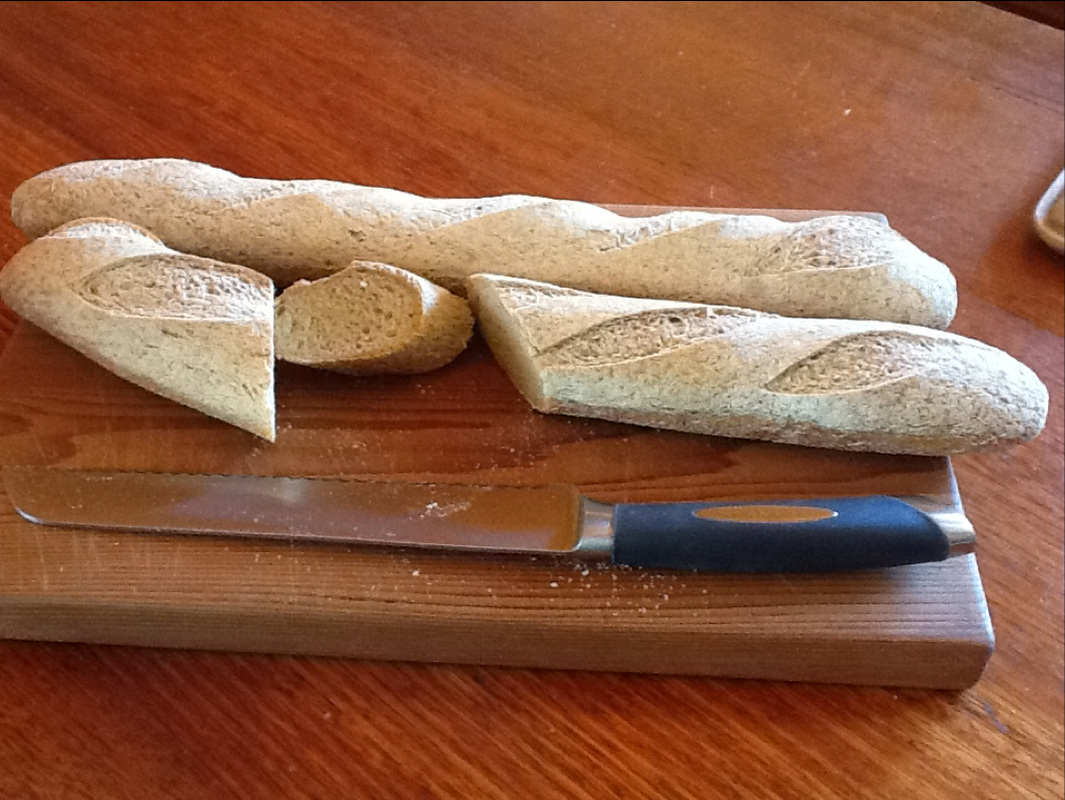
 RSS Feed
RSS Feed
